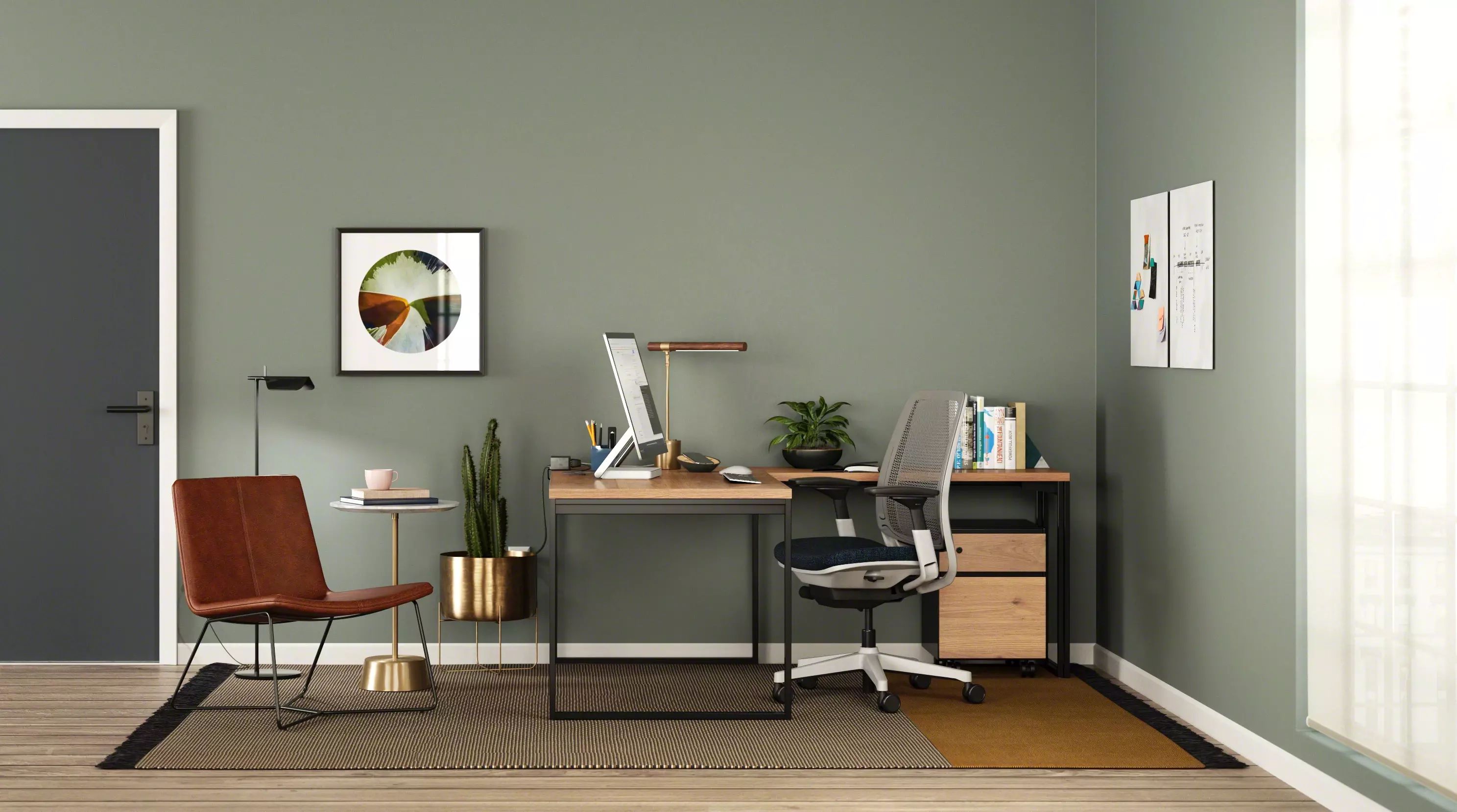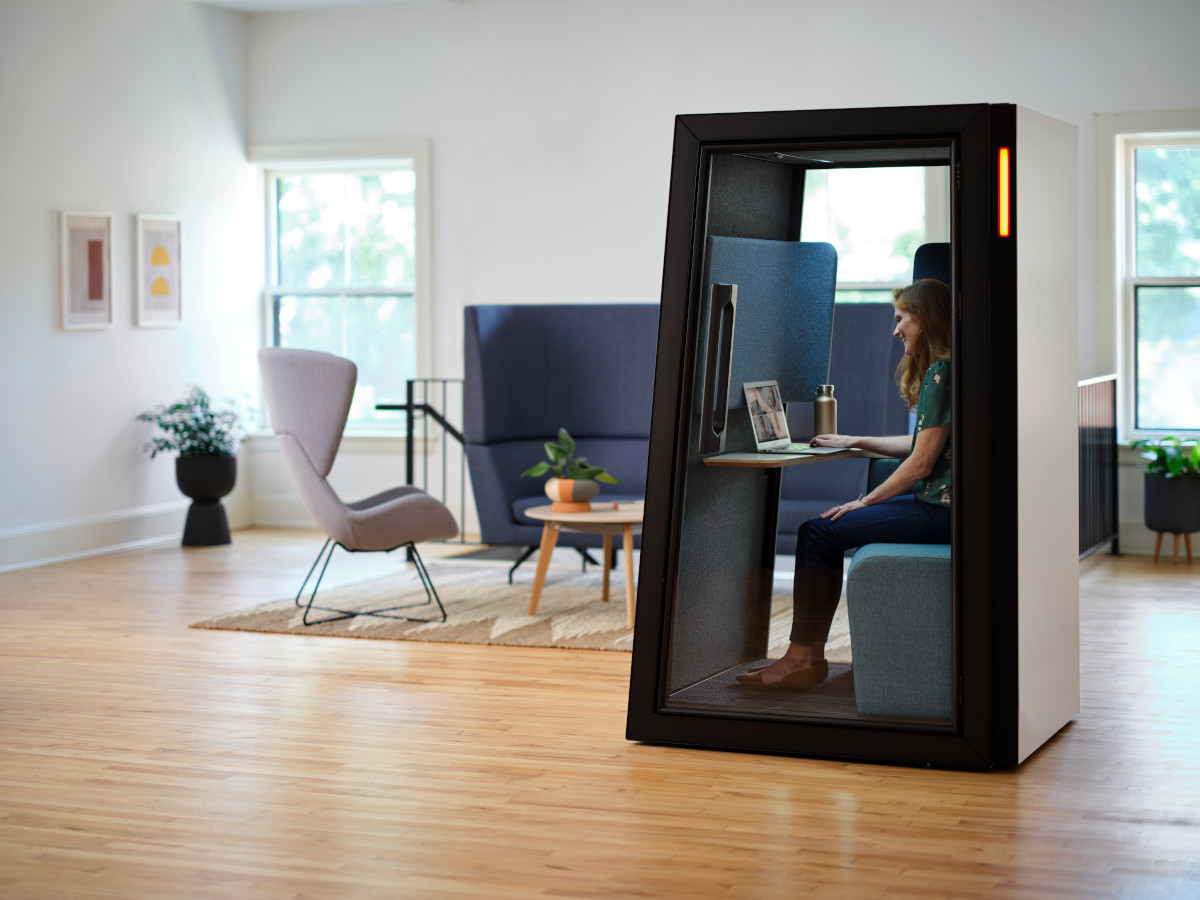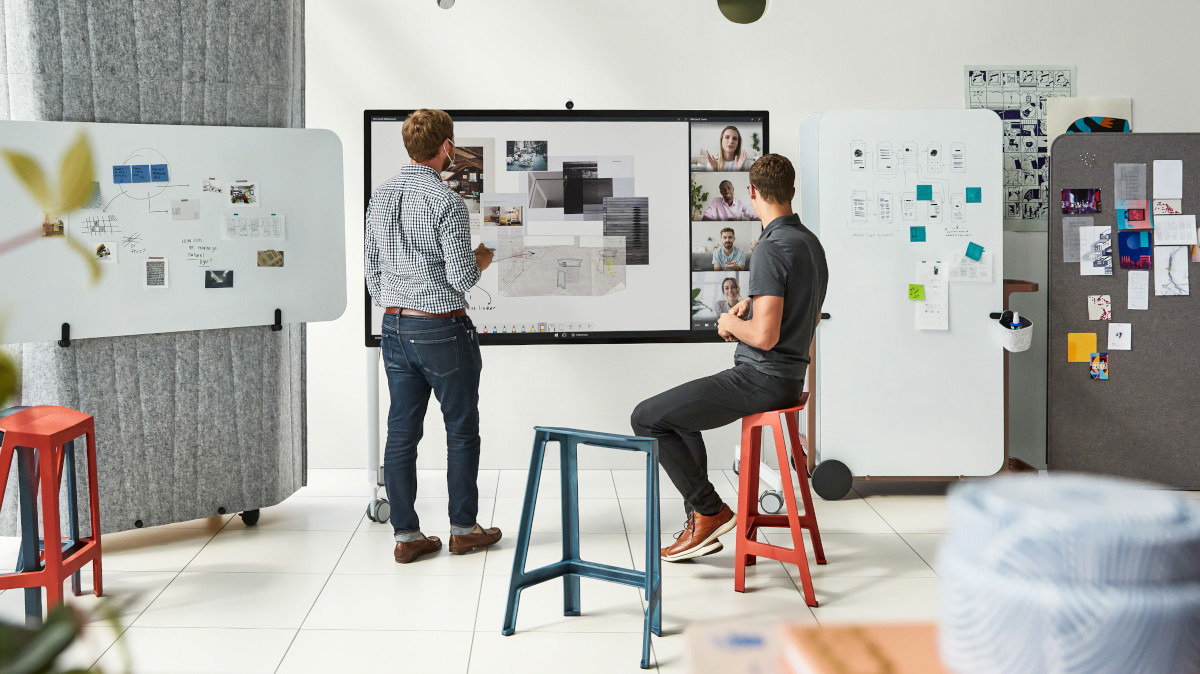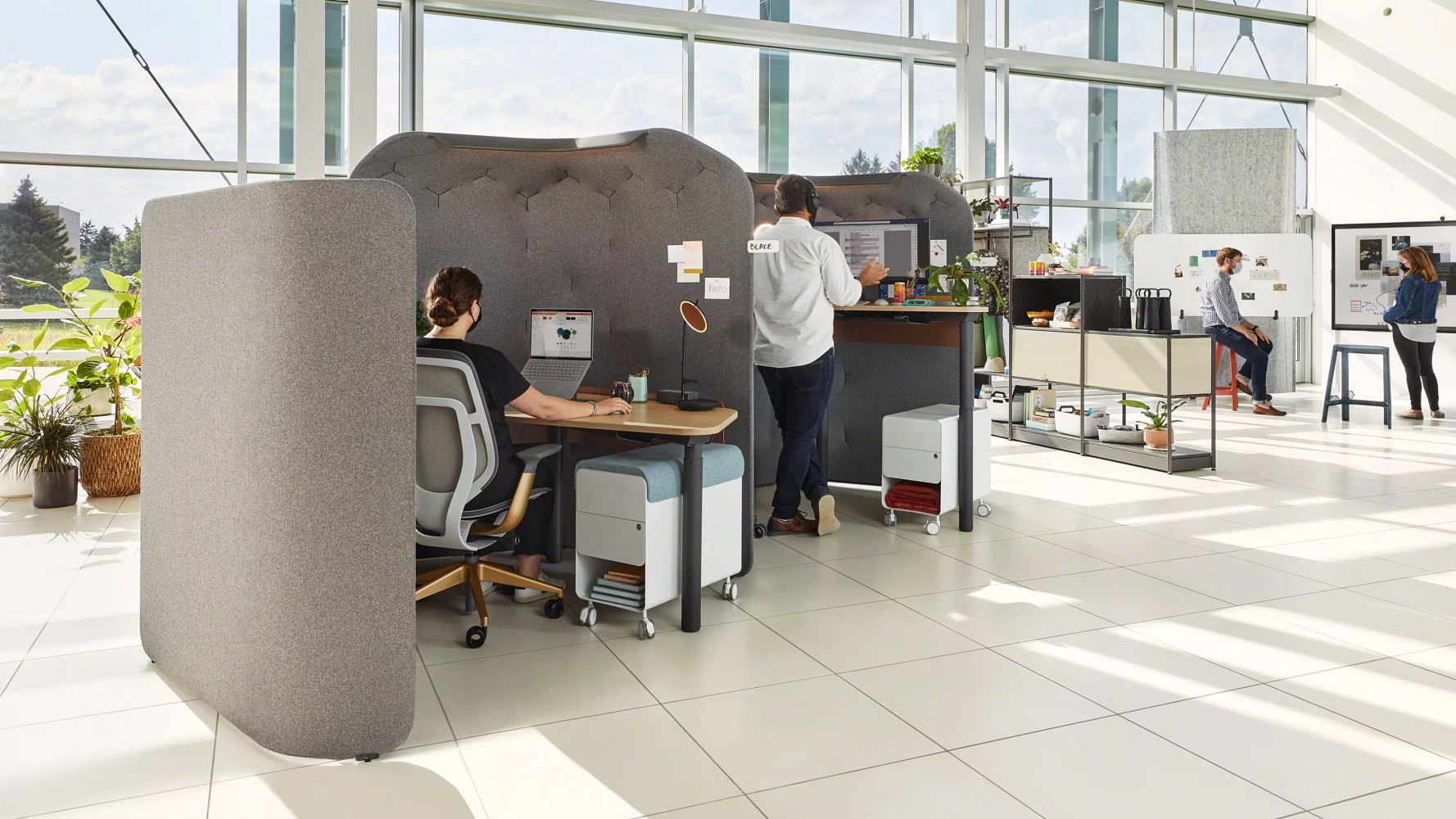This month, we’re thrilled to share key learnings and guidance on hybrid work models from Carlene Wilson, President & CEO, Atmosphere
According to research by Steelcase, people value the office because of the authentic connection to people, company culture, and purpose that enhances their sense of community and increases productivity. How then do we establish conditions for authentic connections in a virtual place?
I have spoken with business leaders across the country to gain their insight on hybrid work and its impact on culture, engagement and productivity. Overall, there is consensus that organizations can support hybrid work and deliver results, while enhancing those results with careful planning and preparation.
Hybrid models are as diverse as your workforce, so business leaders who are considering a hybrid model should develop the program in collaboration with their employees, signal that hybrid will be supported throughout the organization, and implemented with a test-and-learn approach.
Places for Hybrid Work
“Sometimes I feel like I’m already in the metaverse, a blend of virtual and reality, where I have a digital twin; a professional meeting persona,” notes Megan Sciera, a 16-year telecommuter at Atmosphere.
While we’re not equating hybrid work with Facebook’s definition of the metaverse, a braided virtual and physical experience is a technique we embrace at Atmosphere and a planning principle we use with our clients. We believe a more seamless and natural integration of furniture, architecture, and technology leads to a more authentic and fluid employee experience whether in-person, or across geographic distances.
To support this style of work, I offer the following practices for better experiences and improved wellbeing:
At-Home
- Awareness of space— try to minimize distractions and clutter.
- Ensure that you have the correct technology to maintain an efficient work day.
- Posture matters! Ergonomics help with your comfort, productivity and overall health. Consider a task chair that helps your body maintain the same support as your office offers.
- Consider muting your microphone when not speaking to minimize background and noise distractions.
- Maintain business appropriate attire.
- Create depth of view, if possible, to refocus your eyes and take a break from the screen. Different from an office that feels spacious, a home office can feel cozy, but closed in, and technology can overwhelm the space.

At-Office
- Large monitors with integrated cameras and mics that easily move around the space. Our favorite is the Microsoft Surface Hub that integrates the Windows 10 platform and interactive whiteboard. (enter image)
- Private enclaves or pods supplied with enhanced lighting, cameras and acoustics to power individuals with the tools needed to conduct impactful, seamless virtual meetings. We are currently swooning over the Steelcase Eclipse light that makes everyone instantly camera-ready.
- Communicating clear guidelines about how each office space is best used, along with clear permissions on how to reserve spaces. Take out any guess work that may deter an employee from using a space.

Corporate Culture with a Hybrid Model
One of the most important determinates in supporting culture in a hybrid environment is the ability to foster relationships with fellow team members. Feelings of connectedness that stem from impromptu interactions, even when we are not in physical proximity, can be aided by virtual connection, when handled thoughtfully.
Here are a few ideas for nurturing corporate culture in a hybrid model:
- Importance of a shared vision and purpose. In the office, people can feel energy and a sense of community through brief, spontaneous discussions revolving around shared goals, problem-solving deliberations, and meeting business needs. This can still occur when people are separated virtually, though it can take a bit of extra awareness. Leaders need to leave space and be intentional about articulating purpose and overall desired business outcomes to help set shared foundational information.
- And understanding of and sensitivity to what employee needs can be met in the office that encourage personal support and efficiency.
- If people do not have a sense of equity, they may lose motivation quickly. Ensuring that team members are supported, rewarded and held accountable equally through hybrid and in-person work is important and should be upheld similarly by all leaders and human resources.
- Leaders must be visible, present, and accessible. This can be difficult to accomplish virtually, though is more important than ever in a virtual world.

Managing Hybrid Meetings
The video-conferencing platform zoom is practically synonymous with the pandemic and remote work, however with the rapid expansion came some fast learnings. For workers, a lack of mobility, a mirroring effect, up-close eye contact and limited social cues can quickly lead to ‘zoom fatigue.’ To keep a pulse-check on remote participant fatigue levels, consider using the ZEF Scale (Stanford).
At Atmosphere, we implemented Microsoft Teams along with 270 million other “active monthly users.” The platform is widely used amongst companies (including 91 of the top Fortune 100 companies) for its ability to easily inform and communicate over video, messaging and provide file organization.
Following are some ideas that improve the employee experiences when working together online:
- Company-wide utilization and training. At Atmosphere, we use the Teams platform for all hybrid and virtual calls, making it quickly familiar and a standard go-to for all employees.
- Creating a clear purpose. Use of an agenda template that is shared well in advance of meetings ensures that participants have an equal amount of time to prepare. During the meeting, restate objectives and intended outcome previously outlined in the agenda.
- Clear introductions of all participants to ensure general familiarity and comfort.
- To mitigate presence disparity, encourage all participants to join on camera and if possible, aim for eye-level as you would experience in an in-person meeting. This is the most natural view and can help lower feelings of anxiety.
- Tip! Remind participants they can resize the meeting window on their screen. With so many screen sizes, aim for the faces of participants to appear at a natural distance, as if they were across a table from you.
- Respect for all participants and recognition of time through strict adherence to the scheduled meeting time block- no late arrivals and no going over time, please!
- A clear scribe (leader or other participant) dedicated to capturing tangential issues, questions, and action steps throughout the meeting.
- Facilitation of conversations on authenticity and normalizing real, imperfect backgrounds, attire, and interactions during internal meetings as we continue to further blur the lines between work and home.
- Reminder of the chat feature during calls to encourage different methods of communication and information sharing.
- Tip! Using chat during meetings serves as a reminder that follow-up materials can be shared in the same space, or in-context of the topic, reducing post-meeting emails
- Training for leaders to monitor and encourage that every voice is heard through active, even participation amongst all attendees and that dominating personalities are appropriately tailored.

I hope you find these learnings helpful as you navigate your own hybrid journey—what have you learned over the past two years as you’ve navigated your own growth in the hybrid and digital world? I would enjoy reading your comments!
 Carlene Wilson, President & CEO, Atmosphere
Carlene Wilson, President & CEO, Atmosphere
Read next: Equity and Inclusion in a Hybrid Work Model

